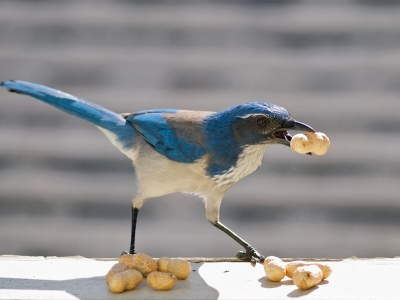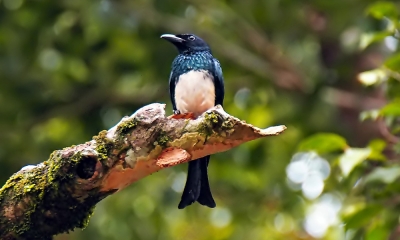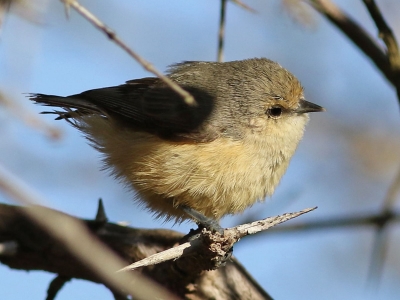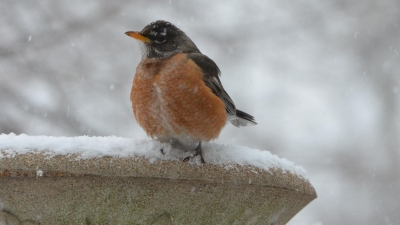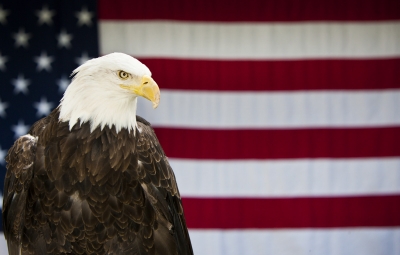What is altricial in animals and birds?
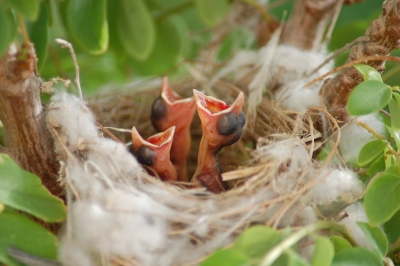
Altricial, meaning "requiring nourishment", refers to a pattern of growth and development in organisms which are incapable of moving around on their own soon after hatching or being born. The word is derived from the Latin root alere meaning "to nurse, to rear, or to nourish", and refers to the need for young to be fed and taken care of for a long duration.
In bird and mammal biology, altricial species are those whose newly-hatched or -born young are relatively immobile, lack hair or down, and must be cared for by adults; closed eyes are common, though not ubiquitous. Altricial young are born helpless and require care for a comparatively long time. Among birds, these include, for example, herons, hawks, woodpeckers, owls and most passerines. Marsupials and most rodents are altricial. Cats, dogs, and humans are some of the most well-known altricial organisms.
At the opposite end of the spectrum are precocial animals in which the young have open eyes, have hair or down, have large brains, and are immediately mobile and somewhat able to flee from, or defend themselves against, predators. For example, with ground-nesting birds such as ducks or turkeys, the young are ready to leave the nest in one or two days. Among mammals most ungulates are precocial, being able to walk almost immediately after birth.
Different animals employ different precocial and altricial strategies; there is no clear distinction between the two states, and a wide range of intermediate states. The ability of the parents to obtain nutrition and contribute to the pre-natal and post-natal development of their young appears to be associated.
Precocial birds are able to provide protein-rich eggs and thus their young hatch in the fledgling stage – able to protect themselves from predators (ducks or turkeys) and the females have less involvement post-natal. Altricial birds are less able to contribute nutrients in the pre-natal stage; their eggs are smaller and their young still in need of much attention and protection from predators. This may be related to r/K selection; however, this association fails with a number of cases.
In the case of mammals it has been suggested that large adult body sizes favor production of large, precocious young, which develop with a long gestation period. Large young may be associated with long lifespan, extended reproductive period, and reduced litter size. It has been suggested that altricial strategies in mammals may be favoured if there is a selective advantage to mothers that are capable of resorbing embryos in early stages of development.
Credit : Fandom
Picture Credit : Google
